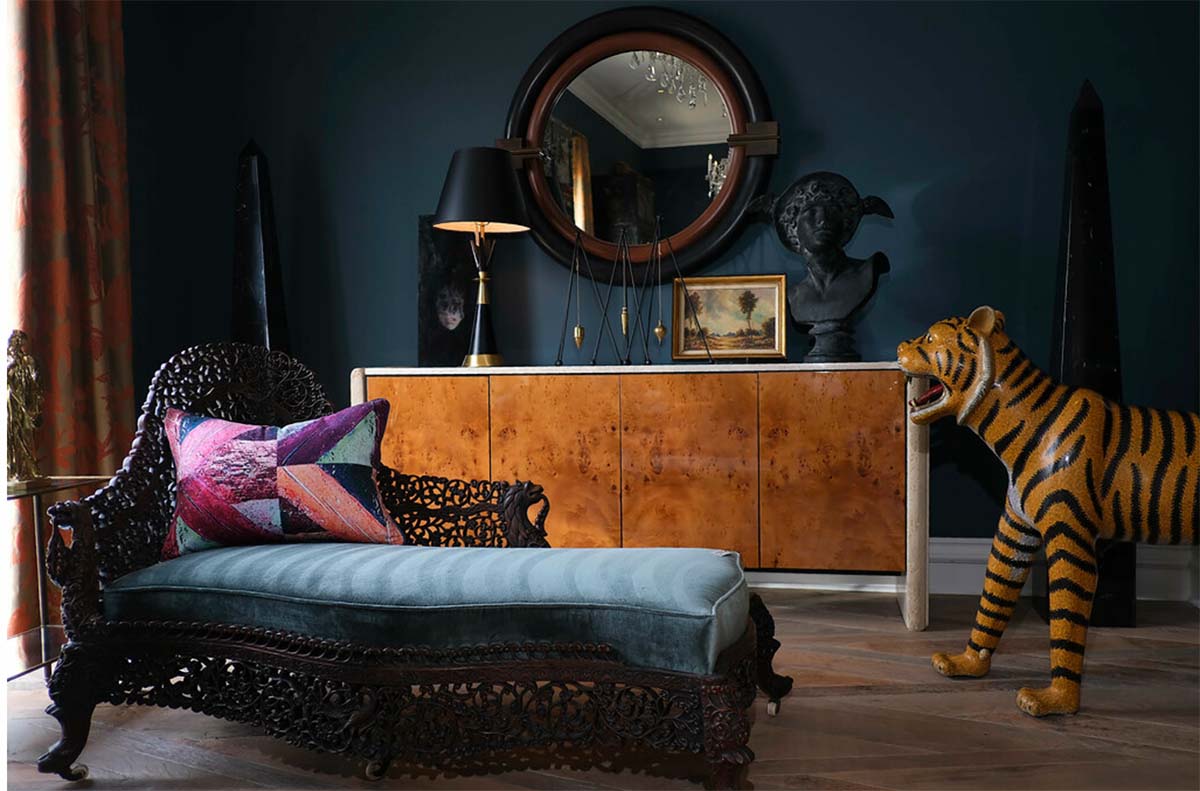In Business of Home’s series Shop Talk, we chat with owners of home furnishings stores across the country to hear about their hard-won lessons and their challenges, big and small—and to ask what they see for the future of small industry businesses like theirs.
This week, Houston-based designer Dennis Brackeen discusses his jaw-dropper of a design store, Moxie. Unlike some other home boutiques, which can be packed to the gills with antiques or layers of art and lighting, Moxie is both pared-down and maximalist, with a black-and-white palette offset by gilded frames and glittering chandeliers. It opened 11 years ago, though Brackeen’s interior design career spans a quarter century.
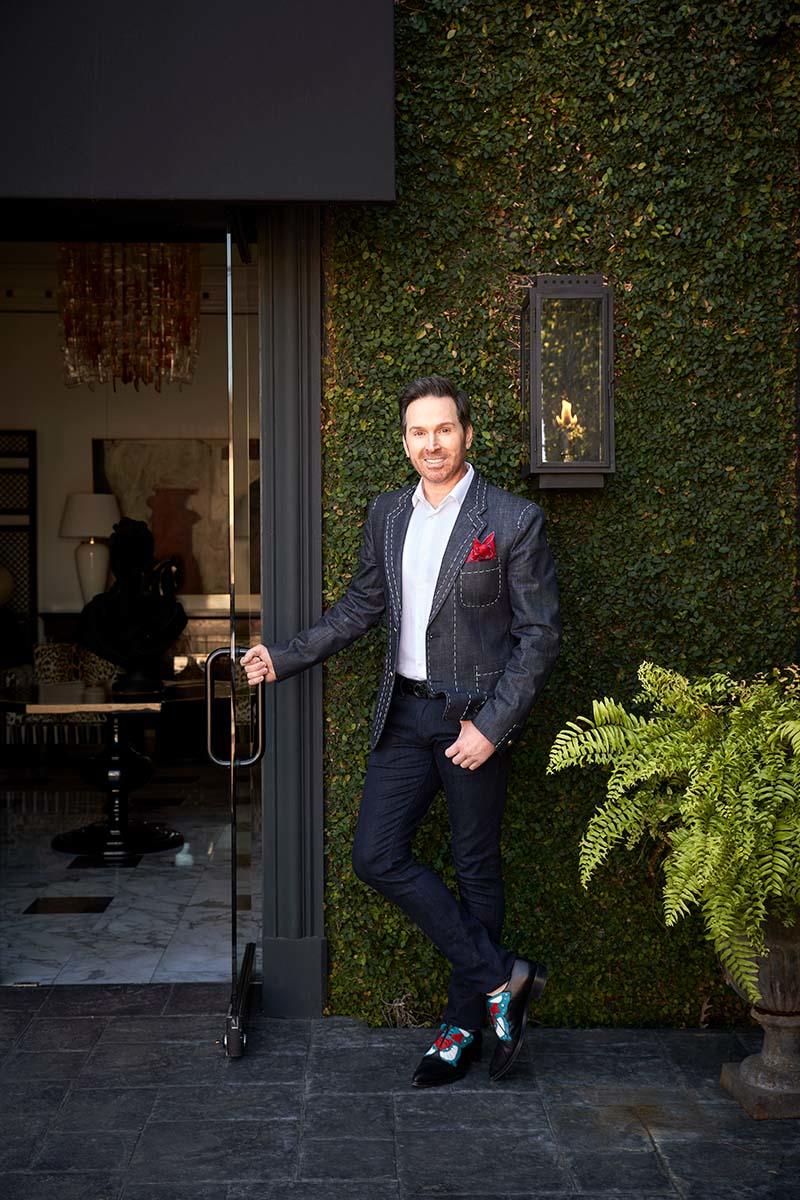
Why did you want to open Moxie?
First of all, I love the hunt. I love beautiful things, and I had just acquired a lot of things. I have business partners in the store, and we’re all from the design or retail background, and it just made sense. We have warehouses full of things, and although it’s a retail store, we run our design firm out of it. I always said I’m kind of a frustrated set designer. I think I would’ve loved Hollywood in the 1930s or ’40s, when they were making all those fabulous movies. So it’s just another outlet for creativity.
Another reason was we didn’t have a source in Houston, or really in Texas, that had the things that I wanted to use for design work. Moxie is this fantastic, eclectic mix of everything from the 18th century to yesterday. We were very fortunate to purchase the building that we’re in—it also helped with our business plan, because we didn’t have that crazy rent that a lot of people pay. There’s no way to have this footprint in another part of the country, because we have almost 5,000 square feet. There’s no way I could afford to rent that in New York—or even in Houston!
What is the vibe of the store?
I designed the store and worked really hard to get it to be an experience. I tried to make the rooms look like somebody actually could live there. People come in and they’re shocked, especially New York designers that shop with us. They’re like, “Oh my God, I feel like I’m Paris or New York or London.” They can’t believe it’s in Texas, much less Houston. There’s a push and pull between the feminine and the masculine, antiques and vintage and modern. We have a rule: We love all design—if it’s good design and good quality. It’s how we purchase, too. It’s a place that hits all your senses. There’s a little bit of fantasy and whimsy in the store. We have different vignettes, like one room that’s completely theatrical, with taxidermy.
Are you rearranging it often?
Yeah—I’m a little crazy, in a good way. There have been times when a designer will shop in the store one day, and then they'll come in two days later, and the room where they have something on hold is a completely different color. It’s been wallpapered and completely turned upside down and around. They say, “Oh my God, how did you do that so quickly?” It is a constant struggle to keep it like that, because you work so hard to get everything perfect, and then somebody comes in and buys the vignette or part of it. You’re like, “I’ve got to start over.” But it’s fun, too.
Who is your typical customer?
I would say 75 percent, at least, is to the trade. The other 25 percent is busy professionals. The median age is probably somewhere in the 40s. We try to be a store that has something for everybody. So if a younger client walks in and they love the store, we try to have something at a price point they would be able to [afford]. Because I’ve learned that when you create an experience for the customer, they want a piece of it. Not everybody’s looking to buy a big piece of furniture, or they may not be able to buy that accessory that’s in the thousands, but they can buy even just a beautiful candle. We try to have something for everybody, but our main client is professional married couples doing their houses, and people in the trade.
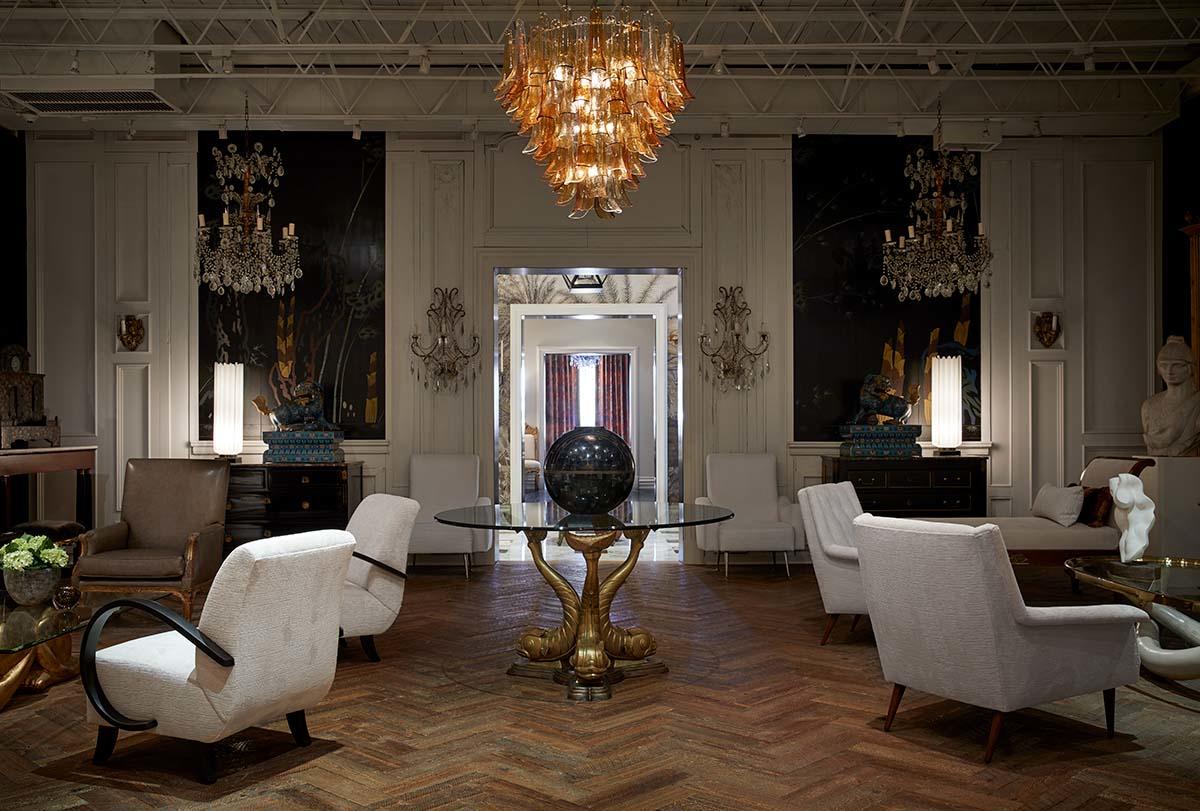
What’s your favorite item in the store right now, or something that makes you smile?
That’s easy for me to answer, but it’s hard to narrow it down. We have a pair of 19th-century Chinese Chippendale cabinets, and they’re magic. I’m actually using one of them in my Kips Bay room right now, and everybody’s like, “Oh my God, oh my God, oh my God.” And then they really freak when I tell them there’s a pair. We have some beautiful cloisonné foo dogs that are amazing. We have a pair of Paul Follot deco chairs that are just gorge. These are the things that I really love the most.
Is there a certain item that flies out, that you cannot keep in stock?
I could literally buy a truckload of small occasional tables, and just cannot keep them. It’s amazing. If I buy anything that’s Maison Jansen or 1940s Baguès, a lot of times people sell them before they ever get to the store because we have people asking for them. I’ll shoot a picture over to a fellow designer, and they’re like, “Yeah, I’ll take it.” That’s one thing that we really sell a ton of. We sell a lot of desks, too. Isn’t that weird?
Well, not these days.
I know, right?
Is there advice you’d give yourself if you could go back to Moxie’s opening day?
Not to be so hung up on perfection. For the first five years, and sometimes even today, people would walk in and go, “Your store’s amazing!” and I would apologize for something. I’d say, “Well, I’m so sorry that this is not right here,” or “We’re going to do this.” I really tried to work on that. In somebody else’s eyes, it could be perfect just as it is. I think I applied a lot of pressure on myself, and I was so much harder on myself than other people were.
What is the biggest everyday challenge?
Sourcing. You think that it would be easy just to go and buy things, but when you carry a certain style or quality, and you want something a little bit different than everybody else, it’s very difficult. So although it’s one of my favorite things to do, the hunt, it is the most challenging. I don’t want to buy something just to have it in the store.
What’s the biggest existential challenge?
We have a fantastic team and group of partners, and everybody really brings something to the table. But finding someone to work the store and be passionate, or finding that talented person that’s really going to want it—that’s been a challenge for a while. That does worry me, because I can’t be at the store all the time. If I’m at the store all the time, then I’m not out making the design happen, and I’m not creating income on that side. It’s [challenging] trying to make sure that we have people that align with our goals and our mission.
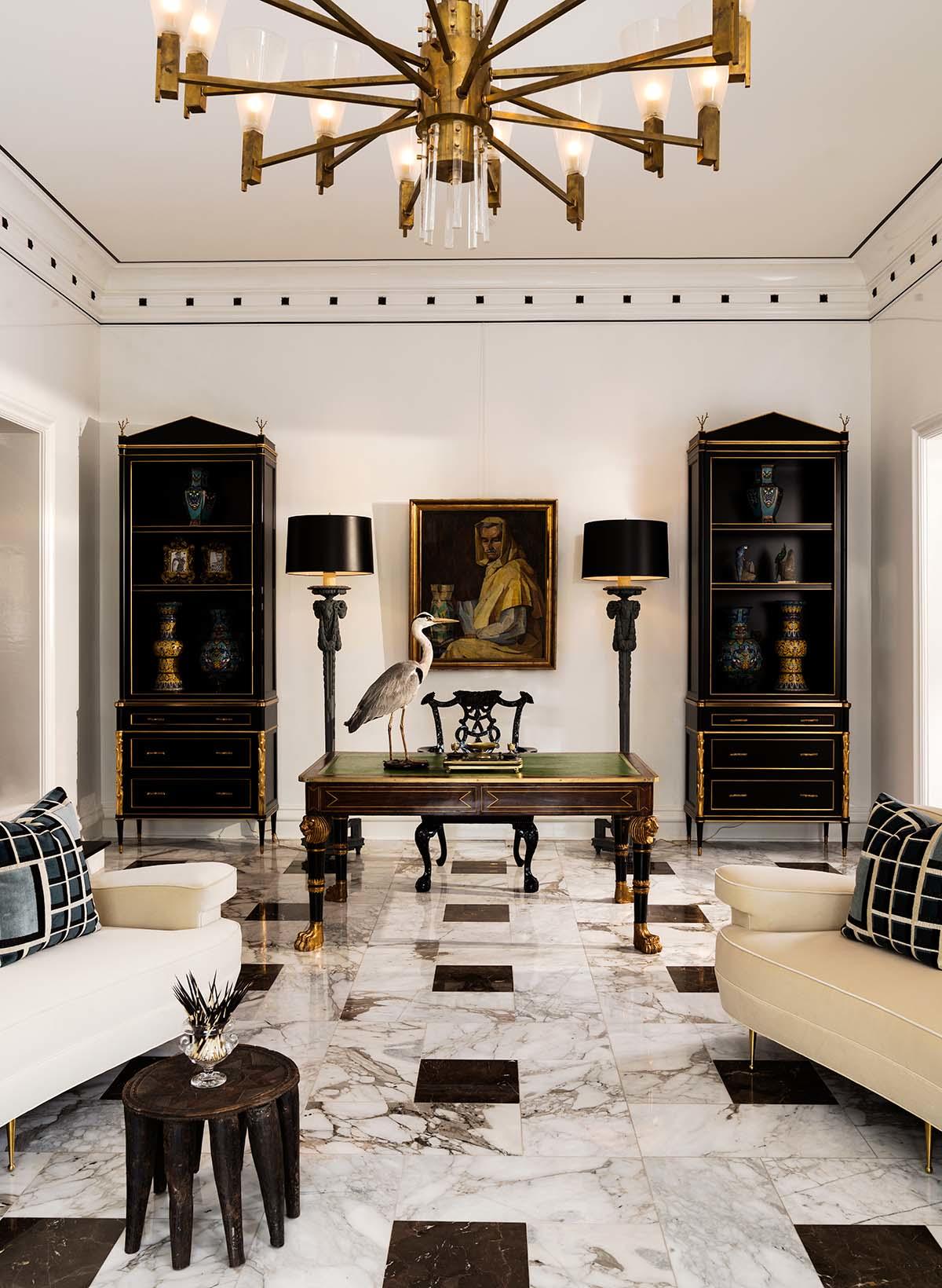
Is there something that you wish more customers understood about your business?
I wish people understood the amount of energy and expense and time it takes to do what we do. My mom always said, "If it was easy, everyone would do it." And it’s not easy. I love what we do, but it’s quite a bit of effort. You’ll have a client that walks in, and they may not see all the value in that particular thing—they don’t realize it’s been schlepped halfway across the world. It’s been photographed, it’s been styled, it’s been refurbished. Sometimes they don’t understand that, and it would be nice if they did.
How do you convince them that what you’re offering is worth more than internet garbage?
I’m perfectly willing to help educate people in that, because I have a [motto] for my design clients and people that come in the store: You buy right and you cry once. We do custom upholstery because I couldn’t find the product that I was comfortable selling to my customer. You’re always going to have that customer that’s going to be on the internet—but that’s really not my customer. Most of the time, we’re fortunate where they have a little bit of education on that.
What are some issues that are specific to Houston?
One of the reasons I love Houston is one of the things that makes it a challenge as well. Houston, to me, is this ever-evolving, exponentially growing city that’s trying to define itself. But because it’s constantly defining itself, and it is so diverse ... you’ve got all this newness all the time. In some cities, there’s a store that’s been there [for ages], and it’s iconic, old-guard. In Houston, it’s more difficult. Marketing can be interesting, because you have such a turnover of people. What else? We have terrible weather.
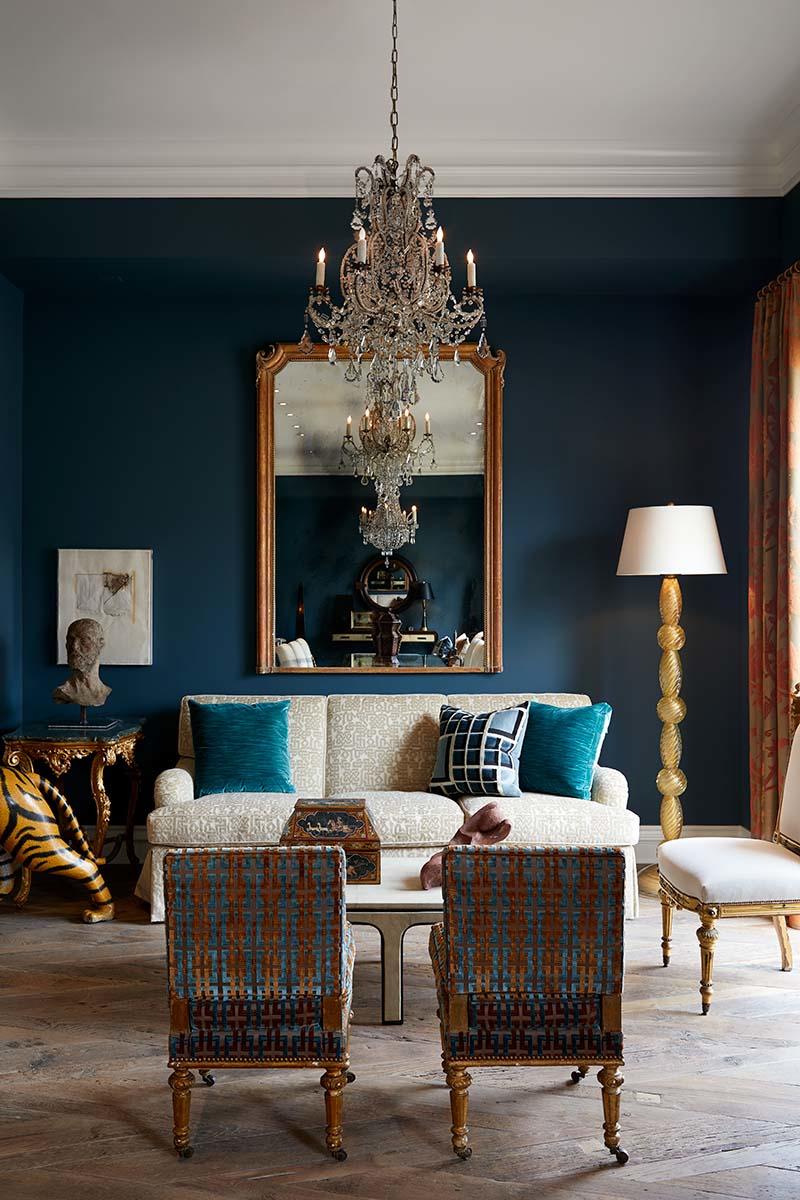
Right! Is your business structured for weather disasters?
Houston floods. There are so many buildings going up so fast, and the infrastructure is not even close to caught up. Two or three times in these last 10 years, we’ve had rising water, and wind damage from tropical storms and hurricanes on the roof, and that kind of thing. Some people may think it maybe happens once in a lifetime, but that’s not true. The weather is really challenging, like in New Orleans. It’s a bit scary.
What’s the future of small businesses like yours?
I'm a bit of a Pollyanna. I’m an eternal optimist. I think that as long as you are willing to adapt and change your business, I think it’s very positive. With retail stores, though, you really have to be on your A-game now, because so many other places have not made it. You need to be different, to have a strong point of view and really stick to what you do best. If you do that, and you’re adaptable, and you figure out how to best ride that wave, I think you’re going to be OK.
What is the best part about having a store, or what is a good day in the life of your store?
I love having the store! Just walking in is like, “Ah.” It feels like home. It’s a great, positive, beautiful vibe. You can’t walk through my store and not smile or feel happy. I love the interaction with people. I’m here at Kips in Dallas, and people come through and I’ll say, “We have a store in Houston.” They say, “What’s your store?” and I say Moxie, they’re like, “Oh my God, I love Moxie!” At the end of the day, we created it. We brought the store into being for ourselves, but [also] for everyone else. I don’t want to just live there amongst all the beautiful things. We make the world a more beautiful place, and it’s nice to share that with other people.
Homepage image: Inside Moxie, a maximalist home boutique by designer Dennis Brackeen | Pär Bengtsson
















